Eustachian Tube Dysfunction (ETD)
What is Eustachian Tube Dysfunction (ETD)?
Eustachian Tube Dysfunction (ETD) refers to a condition where the Eustachian tube, which connects the middle ear to the nasopharynx, fails to function properly. This tube regulates middle ear pressure, ventilates the ear, and drains mucus. When dysfunctional—often due to blockage—it can lead to discomfort and complications, requiring medical attention.
Causes of Eustachian Tube Dysfunction:
- Upper Respiratory Infections: Colds or sinusitis causing inflammation and mucus buildup.
- Allergies: Nasal congestion or swelling blocking the tube.
- Anatomical Issues: Narrow or abnormally shaped tubes (common in children).
- Environmental Factors: Pressure changes (e.g., flying, diving) overwhelming tube function.
- Structural Obstructions: Adenoid enlargement, nasal polyps, or tumors pressing on the tube.
- Chronic Conditions: Persistent sinusitis or gastroesophageal reflux disease (GERD) irritating the tube.
Symptoms of Eustachian Tube Dysfunction:
- Ear Fullness or Pressure: A sensation of blockage or stuffiness in one or both ears.
- Ear Pain: Discomfort that may worsen with altitude or pressure changes.
- Tinnitus: Ringing, buzzing, or unusual sounds in the ear.
- Muffled Hearing: Reduced clarity or volume of sounds.
- Balance Disturbances: Mild dizziness or vertigo in some cases.
- Observable Signs: Fluid behind the eardrum, eardrum retraction, or limited eardrum movement.
Diagnosis of Eustachian Tube Dysfunction:
An ENT specialist performs a comprehensive assessment, including:
- Otoscopy: Examining the eardrum for signs of retraction or fluid.
- Tympanometry: Measuring eardrum mobility to assess tube function and middle ear pressure.
- Audiometry: Testing hearing ability across frequencies and speech recognition.
- Imaging: CT or MRI scans to evaluate the tube and surrounding anatomy if needed.
- Endoscopy: Nasal and nasopharyngeal examination to check for obstructions or tube opening during swallowing.
Treatment of Eustachian Tube Dysfunction:
Non-Surgical Options:
- Self-Management Techniques: Swallowing, yawning, or performing the Valsalva maneuver (gentle blowing with nose pinched and mouth closed) to equalize pressure.
- Decongestants: Oral or nasal medications to reduce nasal swelling and improve tube function.
- Nasal Steroid Sprays: Reducing inflammation in the nasal passages and tube opening.
- Antihistamines: Managing allergy-related congestion if applicable.
- Autoinflation Devices: Tools like Otovent to manually open the tube and relieve pressure.
Surgical Options:
- Tympanostomy Tubes: Small tubes inserted into the eardrum to ventilate the middle ear and drain fluid, often used in chronic cases.
- Eustachian Tube Balloon Dilation: A minimally invasive procedure where a balloon is inflated in the tube for up to two minutes to widen it, with evidence supporting long-term benefits.
Outcomes and Considerations:
- Resolution: Mild cases often resolve spontaneously or with conservative treatment within days to weeks.
- Chronic Cases: Persistent dysfunction may require ongoing management or surgery.
- Influencing Factors: Severity, underlying cause, and treatment timing affect outcomes. Early intervention improves results.
Important Notes:
Eustachian Tube Dysfunction, including blockage, varies in presentation and severity. Prompt medical evaluation is key to prevent complications like middle ear effusion or chronic otitis media. If you experience persistent ear pressure, muffled hearing, or related symptoms, consult an ENT specialist.


